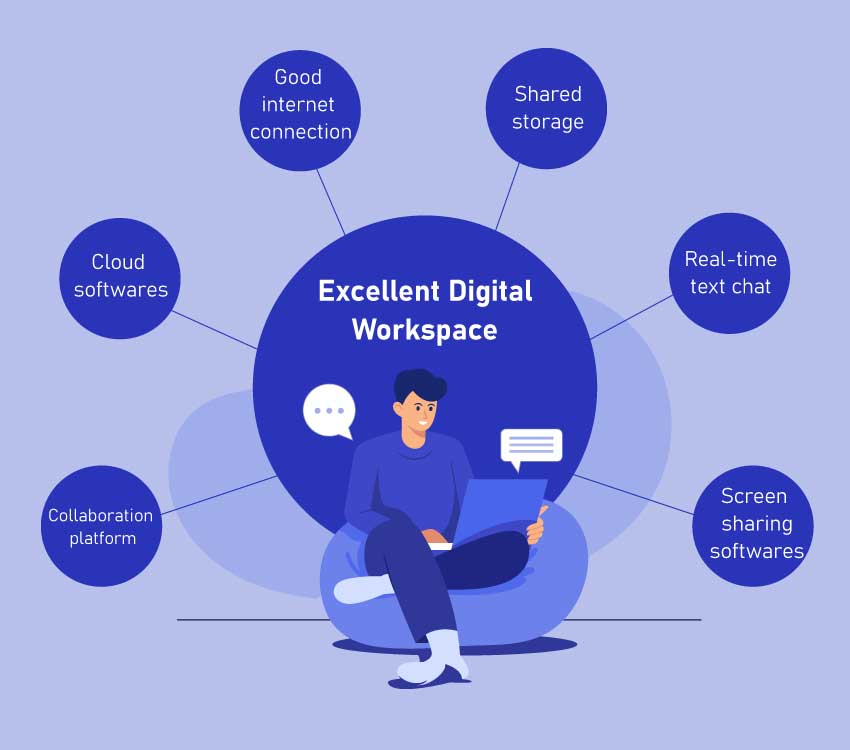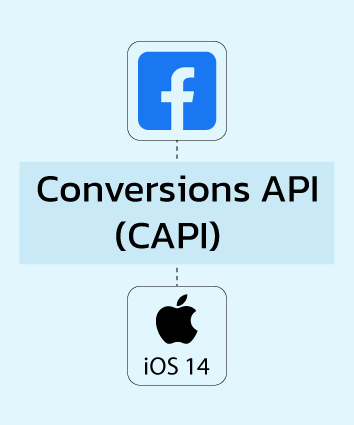
Is your small company experiencing the ups and downs of managing work from home for the first time? As a result, many people are turning their living rooms, bedrooms, and even closets into temporary workstations that they had previously only considered distant possibilities. Businesses need to implement and work on a work from home strategy. It’s not a simple change, but there are proven methods that can make it easier.
5 Ways Small Businesses Can Implement Work From Home Strategy
Even if your small business has never worked from home before, A stable work from the home strategy may help you get started fast. You’ll discover best practices for communication, strategies for remaining connected, and technology that can assist your organization through the COVID-19 situation and beyond.
1. To Begin, Set Up a Digital Workspace.
There is a sense of working in a vacuum when individuals are not in an office setting. It’s at this point that inefficient work is done twice, crucial issues are missed, clients aren’t treated fairly, and expensive blunders are made.
In a nutshell, it’s as if the right-hand doesn’t know what the left hand is up to. Your digital workspace—a cloud software system—is needed to counter this since it provides a location where individuals may “go” or log in every day as part of work from home strategy.
employees may speak with one other and observe what each other is up to by using it. As long as the person’s work can be accessible over the Internet, it doesn’t matter where they are physically located.
At a bare minimum, a digital workplace should offer shared document storage, screen sharing, real-time text chat, and video/audio conversations, with everyone utilizing the same collaboration platform to keep everything in one location.
2. If Necessary, Subsidize Remote Work Technology.
Today, bringing your own device to work (BYOD) is a prevalent trend. Even when they worked entirely in an office, employees want to use their own computers, tablets, and smartphones.

We learned, however, that while working from home, small distractions might hinder productivity. For instance, if you find yourself waiting for A person in meetings but he is having Wi-Fi issues, or if another employee is constantly attempting to troubleshoot a laptop that is crashing due to insufficient memory, or if another employee cannot hear due to degraded computer speakers, it may be less expensive to fix the employee’s IT.
Contribute to the improvement of Wi-Fi or purchase and ship the employee a new laptop, Bluetooth headset, etc. Include this in your budget as a part of the work from home strategy.
3. Educate Managers On Remote Performance Management
For managers used to supervising performance in person, the prospect of managing staff they may only encounter in person once a month (or less!) might be intimidating. Instead, then concentrating on an employee’s hours worked, supervisors should realize the necessity to manage outcomes and output as a part of a work from home strategy.
This involves a greater focus on people reporting their job activities as well as software solutions that monitor time and provide reports automatically. This may also entail establishing and monitoring key performance indicators (or key metrics) appropriate to the individual’s position. Good software can do some of these tasks without needing a great deal of physical labor.
4. Redefine The Communications As A Part Of Work From Home Strategy
People occasionally quit because they no longer have a personal connection to their job environment. Or they just retreat and lose interest in their task. Frequent chats and conference calls foster strong workplace relationships and a feeling of belonging via frequent human encounters.
Highlight everyday brief text exchanges. Chats are the adhesive that binds people together.
Be sure to conduct video conferencing often. It is helpful to see colleagues’ faces from time to time, but video is not required for every meeting. Allow a few minutes at the beginning of remote meetings for chilling conversations.
Have a day when you may bring your pet to the video conference.
A business-wide chat channel is ideal for communicating exciting corporate news or for employees to exchange positive customer feedback or similar information. Small regular contacts keep individuals feeling as if they are a part of something larger and are appreciated.
5. Remember That Productive Employees Are Result Of Healthy Lifestyle
promote physical fitness as a last point of your work from strategy. It is all too easy for remote employees to slip into a rut where they travel 20 feet to a computer and sit there all day. Here are a few distinct factors:
Workers want a suitable home office arrangement. Encourage home-based workers to get ergonomic equipment. This may incorporate height-adjustable standing workstations. Ergonomic keyboards, mouse pads, and mice aid to prevent wrist discomfort.
A comfortable chair and surface, such as a laptop stand, are vital; individuals may believe they can work on the couch with their laptop, but this leads to back and leg problems over time. A second monitor may also increase productivity since users will need to scroll and open/close tabs and applications less often.
Wrap Up
Researchers found that at the peak of COVID, workers put in an additional two or three hours of labor each day on top of their normal schedule. Even if you’re working from home or doing hybrid work, the aim should not be to put in more hours. More productivity and less burnout may be achieved over time by creating an efficient and balanced work from home strategy. Connect with NFlow experts for helping your business digitally.

Nevil Bhatt
Nevil is the owner of one of the fastest-growing digital marketing agency in India. Having a great knowledge of the IT field and business management, he decided to bring a revolution in the digital world by providing valuable and customised solutions across the globe. Whether it's real or digital, he knows how to handle sustainable relationships and meaningful interactions.





